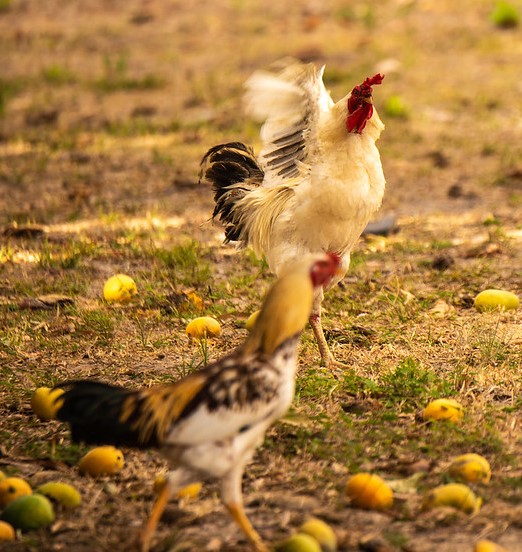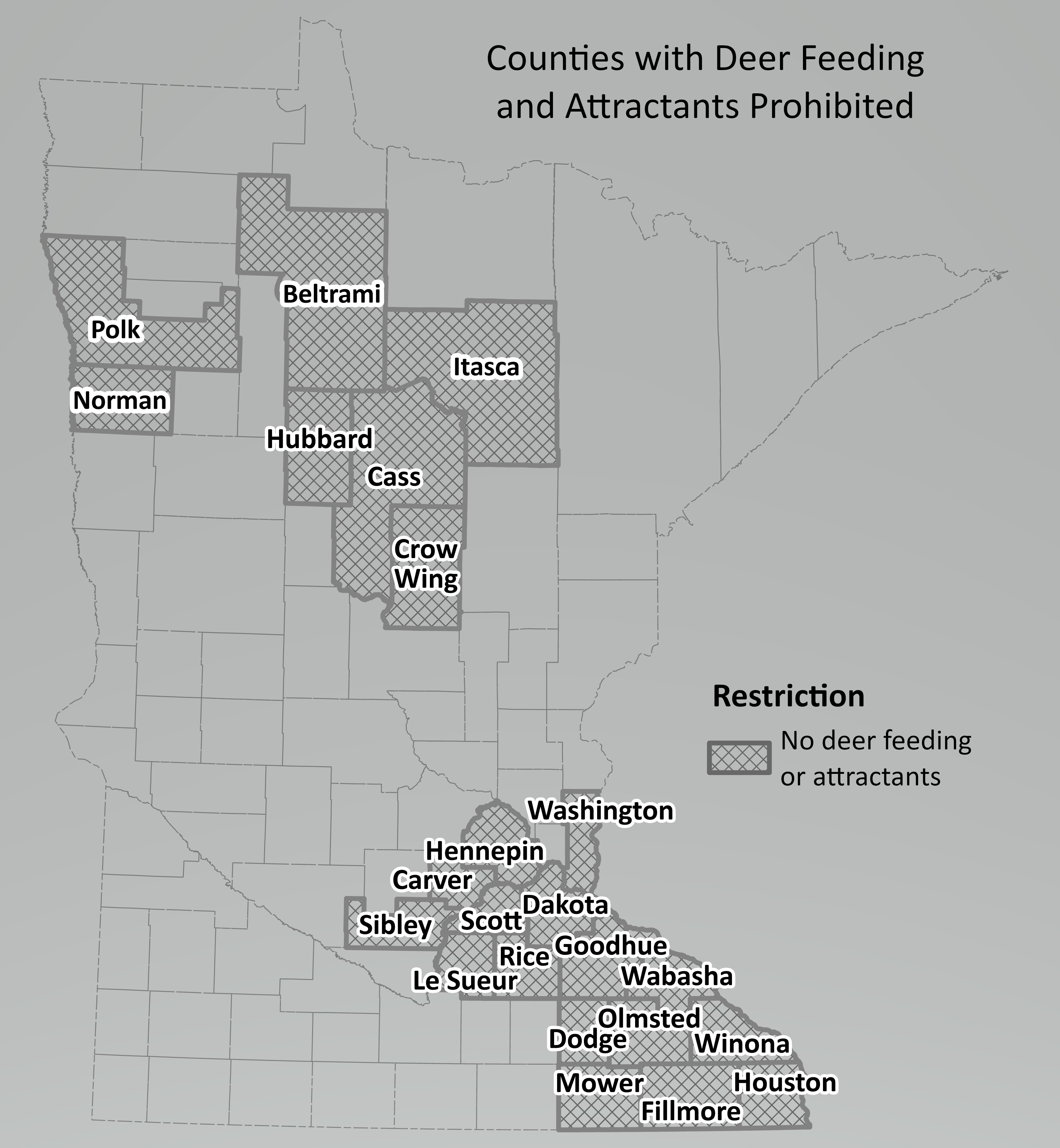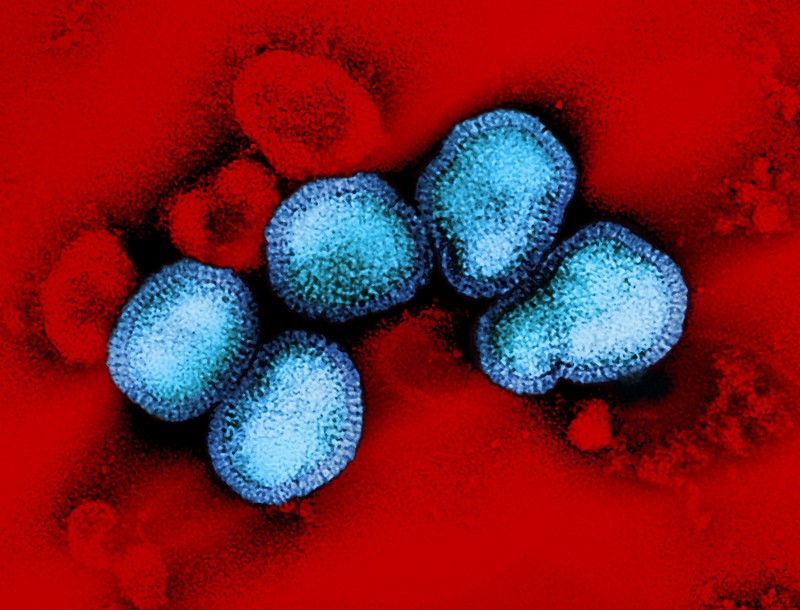
Following Brazil's first detection of highly pathogenic H5N1 avian flu in wild birds in early May, the country has now reported its first outbreak involving poultry, a pattern that has played out in multiple countries as the virus continues its southward spread.
The virus struck backyard chickens and ducks in the city of Serra in Espirito Santo state in southeastern Brazil, the same area where H5N1 first turned up in seabirds, Merco Press reported, citing agriculture officials. The detection didn't affect a commercial operation, so it doesn't diminish Brazil's trade status. The country is the world's largest poultry producer.
More H5N1 in Polish cats, US wild birds, US mammals
Following the detection of H5N1 in 9 cat deaths in Poland, the country's chief veterinarian today announced several more detections in more cities, raising the total at least 16 in six cities, according to an official statement translated and posted by Avian Flu Diary, an infectious disease news blog.
Tests are under way to further characterize the virus, after preliminary results suggested it was different from the one infecting wild birds in the nation. Also, the source of the virus infecting cats isn't clear, and a media report posted by FluTrackers, an infectious disease news message board, said two of the affected cats had been kept indoors.
In US developments, the US Department of Agriculture (USDA) Animal and Plant Health Inspection Service (APHIS) reported 7 more H5N1 detections in wild birds, bringing the total to 7,105. They included terns, gadwalls, a gull, and a red-tailed hawk. Also, APHIS reported 2 more H5N1 detections in mammals, raising the total to 198. Both involved red foxes, one in Michigan and the other in Maine.
 A systematic
A systematic 













